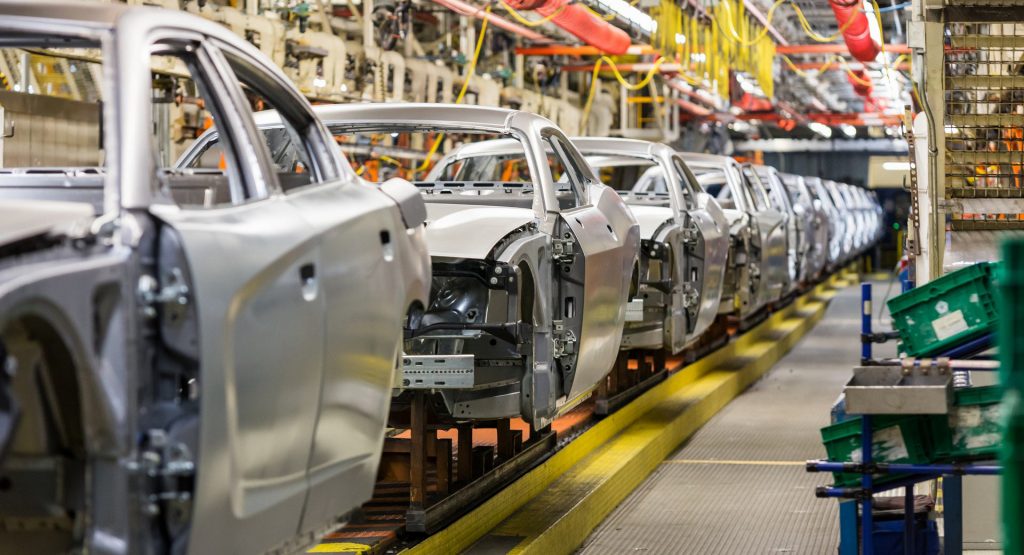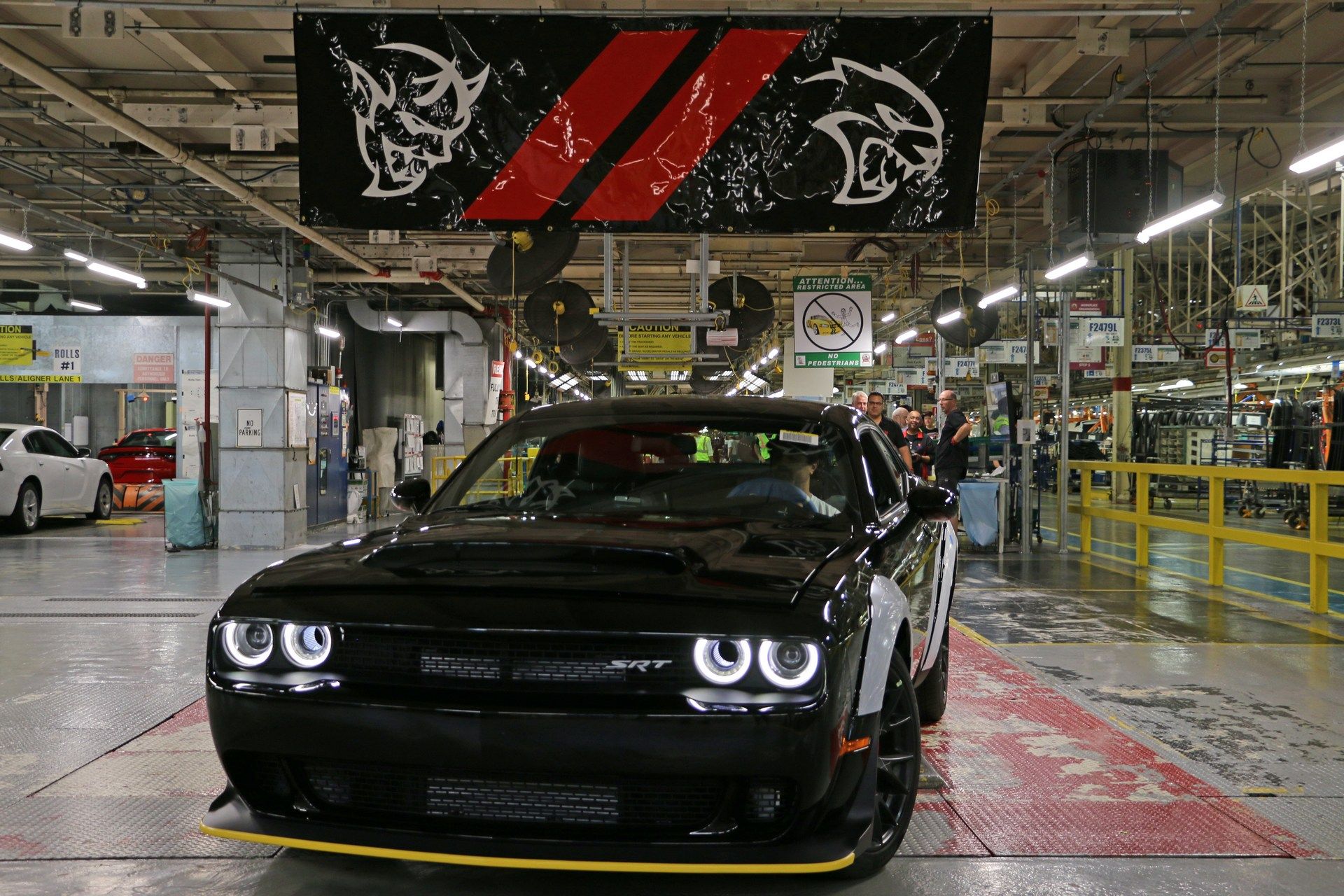The future of Stellantis’ assembly plant in Brampton, Ontario, Canada is up in the air with reports that production of the aging Dodge Charger and Challenger will end in 2023 with their replacement(s) that will be made on a new platform accommodating an electric variant to be built in the U.S.
Manufacturing of the Charger and Challenger has been handled by the site since they were re-introduced in 2006 and 2008 with the automaker’s LX platform. This platform is now very old and Stellantis hasn’t announced any significant investments that would ensure the long-term future of the site.
“Brampton has the LX [Charger and Challenger] platform that has been paid for for years,” AutoForecast Solutions chief executive Joe McCabe told Auto News. “Brampton would either have to continue on the LX platform for the next generation or get a significant investment for a new platform.”
Read Also: Electrification Could Push Dodge To Move Charger, Challenger Production From Canada To The U.S.
It is possible that the site could be converted into a battery plant as Stellantis chief executive Carlos Tavares has previously said that the company was considering Canada as a site for one of its two North American battery factories. However, according to Unifor president Jerry Dias, there is no chance of Stellantis ending muscle car production at the plant.
“There will be a war if that is their plan, and they’re smart enough to understand that,” he said. “The plant is today and will be the manufacturer of full-size vehicles. I don’t believe [the battery plant report] to be true, but it would make the dispute that we had with General Motors at Oshawa seem amateurish.”
The Brampton factory is located in a growing Toronto suburb and rising traffic congestion has made it slower to ship parts and cars in and out of the site. Auto News also notes that it is located in a prime piece of land that Stellantis could easily sell for millions of dollars.
On the other hand, a spokeswoman from the Ontario government says it is “working with the company on a path forward” and is committed to the workers. The government has recently boosted incentives for investments in EV production.
“One thing we’ve seen over the last couple of years is the Ontario government and the federal government are all willing to take steps to ensure that mandates come here and stay here,” the chairman of a Brampton factory supplier, Rob Wildeboer said. “It’s very expensive to shutter a plant, and the only time to do it is when your volumes really decrease. I don’t see volume decreasing. It’s a good plant.”





